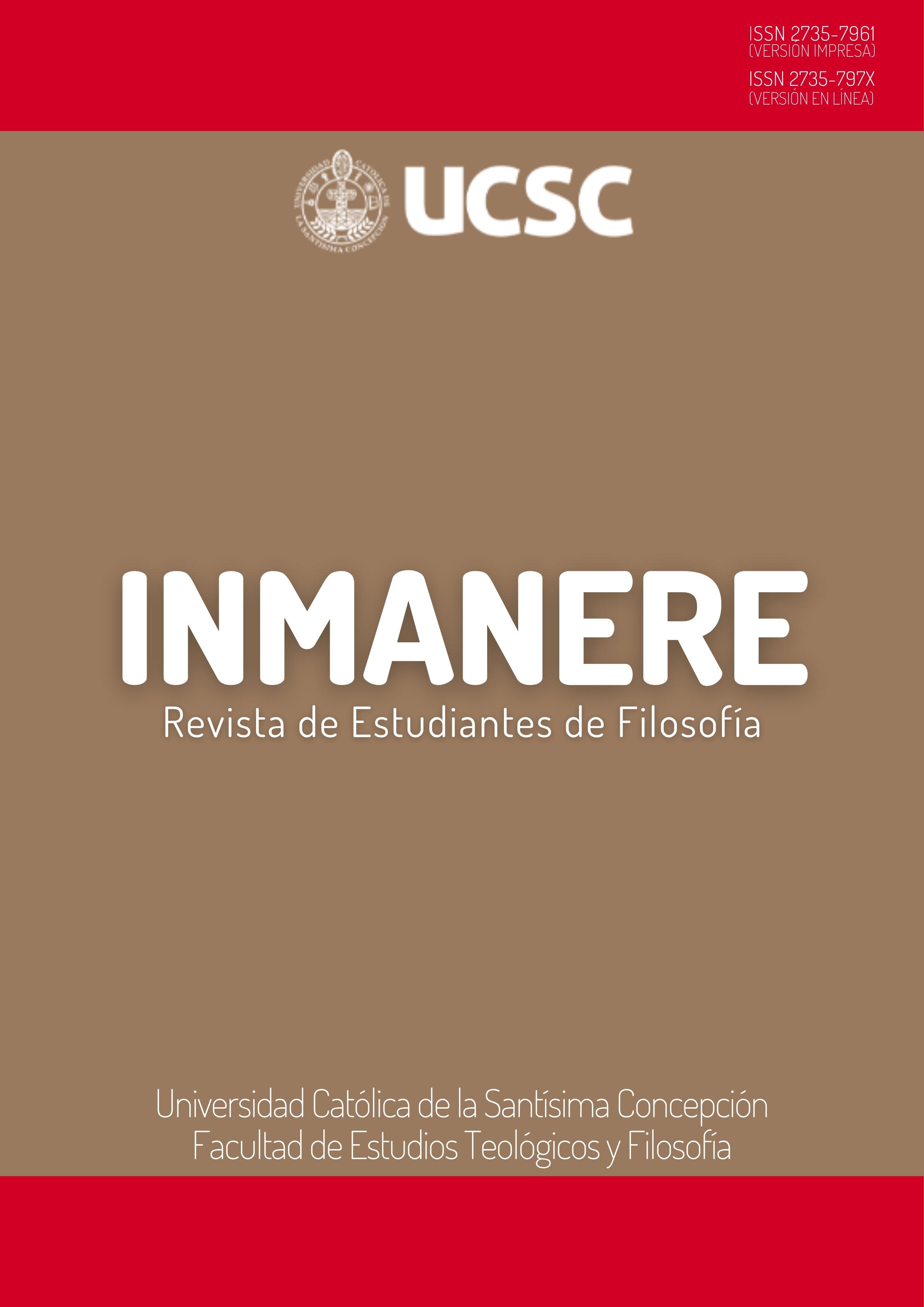Is Plato an atomist? considerations on the primary bodies and their constitution
Main Article Content
Abstract
The text presents an analysis of Plato's dialogue Timaeus regarding the composition of the matter that constitutes the generated world. The objective is to answer the question of whether Plato is an atomist and, if so, in what sense. To do this, three proposals are analyzed: Democritus' atomism, surface atomism, and mathematical atomism, based on Brisson and Ofman's anti-atomist proposal and Di Giacomo's chemical analysis. The study focuses on the conformation of matter and the composition of the Universe. Two principles that atomist proposals should have been proposed: the theory of the constitution of the universe is based on minimal bodies that form the entirety of the world and are interchangeable between them, and it simplifies the composition of the Universe. It is concluded that Plato is not an atomist in the strict sense of the word, but his theory shares some similarities with atomism, such as the idea that matter is composed of minimal particles and the importance of proportion in the conformation of the Universe.
Article Details
Section

This work is licensed under a Creative Commons Attribution-NonCommercial 4.0 International License.
The work is licensed under a Creative Commons Attribution 4.0 International License. This license allows sharing and adaptation of the material in any medium or format, even for commercial purposes. Proper attribution must be given, including a link to the license and indicating any changes made to the material. No additional restrictions may be applied that legally limit others from exercising the permissions granted by the license.
How to Cite
References
Aristóteles. (1995). Física. (Traducción y notas por Echandia, G.). Editorial Gredos.
Ballesteros, R. (2017). Dios siempre hace geometría: Análisis de las disciplinas matemáticas en el diálogo Timeo de Platón (Tesis de maestría). Universidad Libre de Colombia.
Brisson, L., & Ofman, S. (2020). The mathematical anti-atomism of Plato’s Timaeus. Ancient Philosophy, 40(2), 355-366.
Cornford, F. M. (1937). Plato’s Cosmology: The Timaeus of Plato. (Traducción con comentario). Bobbs-Merrill Company.
Di Giacomo, F. (2020). Early theoretical chemistry: Plato’s chemistry in Timaeus. Foundations of Chemistry, 23(1), 17–30. DOI: https://doi.org/10.1007/s10698-020-09364-6
Euclides. (1994). Elementos. Libros V-IX. (Traducción y notas por Puertas, M.). Editorial Gredos.
González, P. (2006). Platón y la academia de Atenas. NIVIOLA libros y ediciones, S.L.
Lanza, N. (2015). Matemática y física en el Timeo de Platón: Poliedros regulares y elementos naturales. Praxis Filosófica Nueva Serie, 40, 85–112. DOI: https://doi.org/10.25100/pfilosofica.v0i40.3013
Platón. (1999). Diálogos IX. Leyes libros VII-XIII. (Traducción y notas por Lisi, F.). Editorial Gredos.
Platón. (1992). Diálogos VI. Filebo, Timeo y Critias. (Traducción y notas por Durán, M. y Lisi, F.). Editorial Gredos.
Platón. (Inédito). Timeo. (Traducción por Zamora Calvo, J. M.).
Vlastos, G. (2015). Plato’s Universe. Parmenides Publishing.




